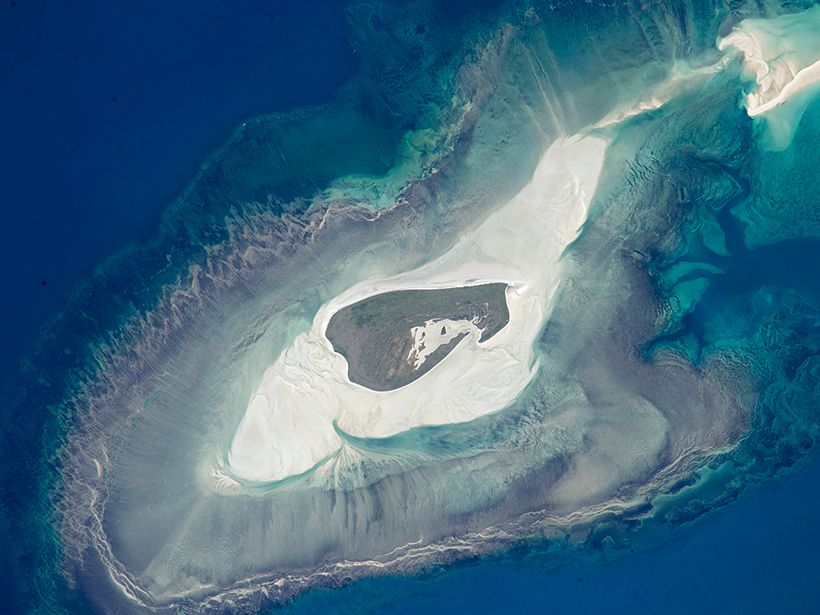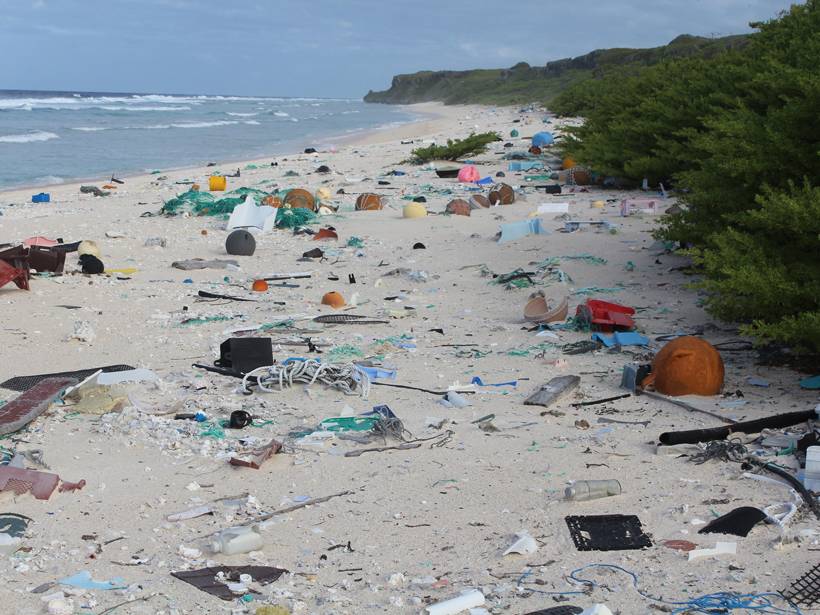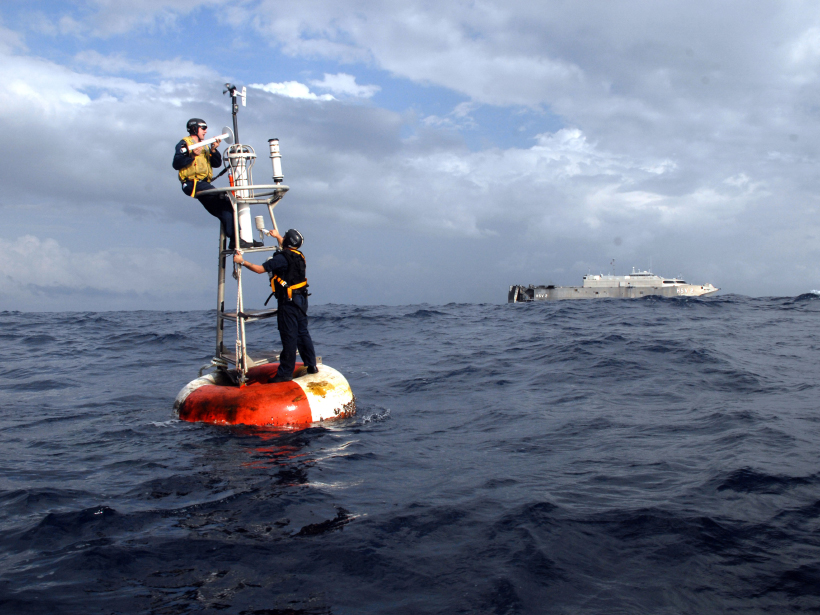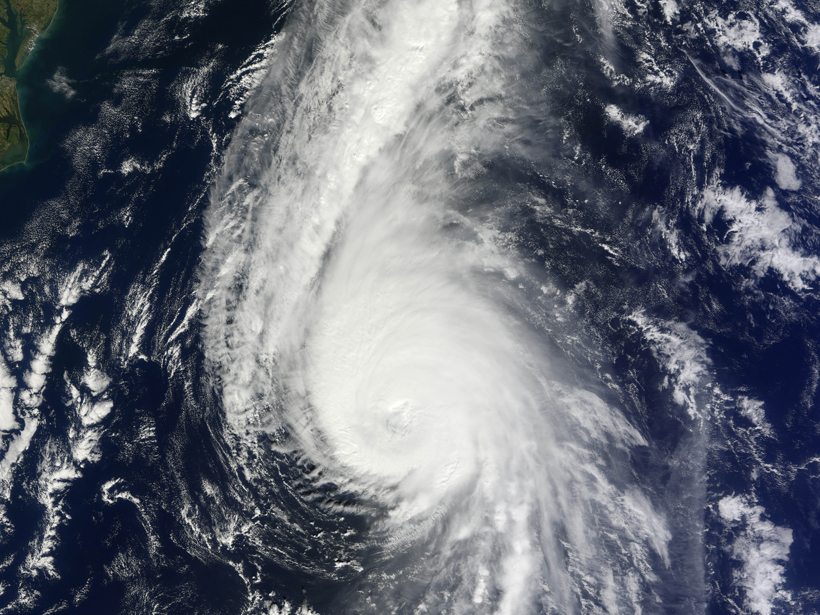Second WCRP/CLIVAR Open Science Conference: Charting the Course for Climate and Ocean Research; Qingdao, China, 18–25 September 2016
Oceans
Impacts of “Bomb” Cyclones Reach the Ocean Floor
Japanese researchers study explosive cyclones with models to simulate decades of ocean circulation data.
Ocean Currents Push Mainland Pollution to Remote Islands
Marine protected areas, set up to conserve marine ecosystems and species, accumulate pollutants swept in from mainland shores by ocean currents.
Can Ocean Tides Be Powerful Indicators of Climate Change?
A new study simulates how ocean warming due to climate change will affect the electromagnetic signal emitted by ocean tides over the next century.
A 1.4-Billion-Pixel Map of the Gulf of Mexico Seafloor
The U.S. Bureau of Ocean Energy Management releases the highest-resolution bathymetry map of the region to date.
Plastic Waste Knows No Bounds
Despite the vastness of Earth’s oceans, human plastic pollution overwhelms even remote corners.
Deep Trouble! Common Problems for Ocean Observatories
Ocean Observing Infrastructure and Sensing – Technical Lessons Learned and Best Practices; Moss Landing, California, 23–25 September 2016
River Plumes near the Equator Have Major Effects on Oceans
Every second, the Congo sends millions of gallons of freshwater deep into the Atlantic, influencing marine plants and wildlife.
Autonomous Floats Shed New Light on the Ocean’s Many Hues
Argo float data reveal regional deviations from existing models of the relationship between ocean color and biogeochemistry.
When Ocean and Atmosphere Couple, the Climate Wobbles
Every 25–30 years, the ocean and atmosphere conspire to produce an enhanced North Atlantic Oscillation










